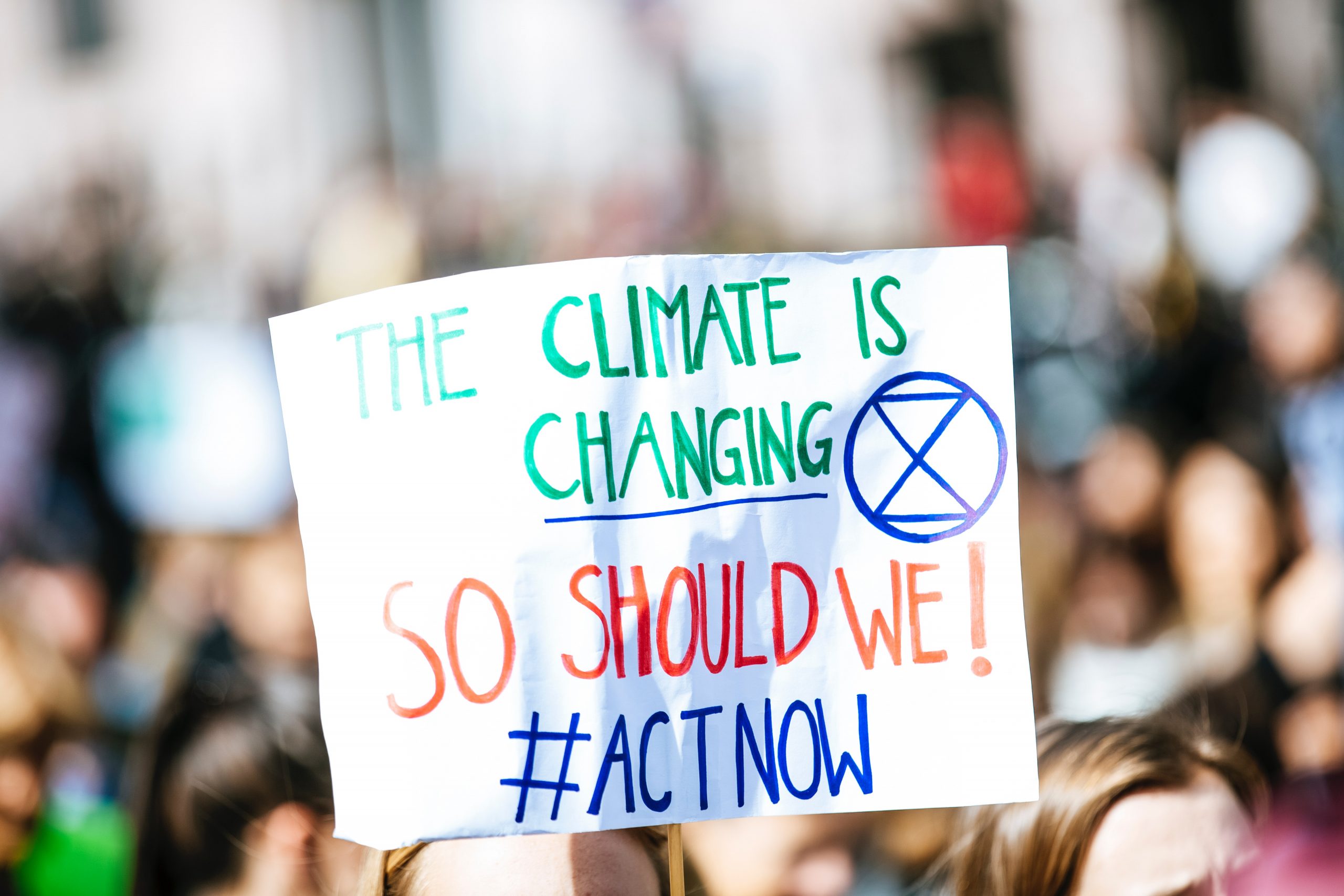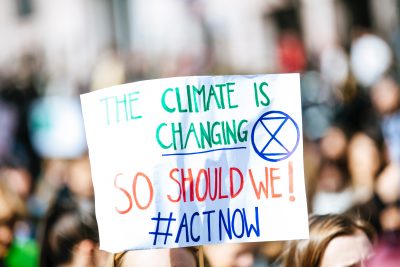
Climate change: a complex problem
Climate change is not a you problem
There is a growing trend around the world that promotes a healthier lifestyle to fix problems like global warming and plastic waste. Eat less meat, be responsible for your recycling, and turn off your lights are the main messages given to the average person when it comes to solving climate change and basically all sustainability problems. These are good personal goals and can help make the planet greener. However, a key concern is that this concept of personal responsibility is diverting the attention away from other sources that make an even greater impact on the world’s health.

Crop person putting salad into plate from bowl by Miriam Alonso
Let’s put things into perspective. The whole world’s energy sector produces 73.2% of all greenhouse emissions, which is 36 billion tons of CO2 per year.
It would take approximately eighty million fully packed Boeing 747s (weighing 450 tons each) to equal the same weight.

White Passenger Plane Flying over the City during Sunset by Shoval Zonnis
In comparison, the average person in Australia produces 20.6 tons of CO2 per year. Even if we multiply the people to the current population of Australia (25.69 million people) it would equal 0.529 billion tons still not putting a dent into the annual CO2 emissions of the energy sector.
However, the news about sustainability usually only becomes viral when a big event, be it protests or accidental oil spills, occurs. This is not to say that people’s pro sustainability actions make no effect on companies. Brands have been under scrutiny, with consumers more likely to purchase goods from brands that have an image of being more sustainable than the competitors. But there is another problem, as lack of information can cause well-meaning consumers to be unsustainable. A salient example would be organic cotton bags being worse (in terms of greenhouse gas emissions) than the plastic bags that they are trying to compete with.
On top of that, another missing part from the discussion of climate change and sustainability are the sources of pollution that generate greenhouse gasses. The main ones talked about are cars, coal and cows. Therefore the solutions to climate change would be electric cars, renewable sources of energy and eating less meat right? Well, no. What about the other parts of the industries like roads which produce 52,264,916.06 kg of CO2 per 20 km. Electric cars will not matter if the roads are still made the way they are now.

Yellow Payloader by Life of Pix
This also brings up the problem of asking developing countries to stop developing to help with climate change. They generate 63% of global emissions after all.
it is not reasonable to ask countries that cannot provide basic needs to their population to choose between the needs of the planet and the needs of their own people. For example, the concrete industry generates 8% of the world’s carbon emissions. So, therefore the easy answer would be to stop using concrete right? Well no. Concrete is cheap and developing countries rely on it to make housing affordable. There is no choice for them to stop using concrete.
All of these complications are some of the many reasons why climate change is a nigh-impossible task to solve in a straightforward way. This is also not helped by the bickering regarding the topic. One of the major counterproductive arguments is “No nuclear energy!” because it is not renewable. Although that is true, nuclear energy does not produce any greenhouse gasses at all. So at least in the short-term, we could have a source of energy in the sector that is not directly causing more harm to the planet. This extra resource could be a buffer to buy time for cheaper technologies that can actively combat the CO2 in our air.
There are a few technologies that can be researched some more to make viable solutions for the future listed below.
Technologies like a new sort of ‘green cement’ that promises to absorb CO2 during its production rather than release it.
Green hydrogen is currently being developed at The University of New South Wales, in partnership with a global engineering firm, GHD, Apparently, they have “created a home-based system called LAVO that uses solar energy to generate and store green hydrogen in-home systems. The hydrogen is converted back into electricity as needed.”
But none of these technologies will be able to make a change if the people in power do not actively use them. The governments of the world would have to step in to enforce the use of these technologies.

Photo by Markus Spiske
So what can you do to help stop climate change and be more sustainable?
To combat climate change and make the planet more sustainable would be to show that you really care about it. Governments and politicians need to be voted in that actually supports and invest in expensive new technologies that will aid in being more sustainable, Demand for these technologies have to rise for the price to actually go down over time. According to this infographic, renewable technologies are already competing in price with fossil fuels. That just means that voters have to choose to back politicians that are pro-renewable energy and strive to build more renewable energy sources. This method does not have to be limited to just climate change. Investors need to fund research and the general population needs to show genuine interest in the topic of sustainability.
